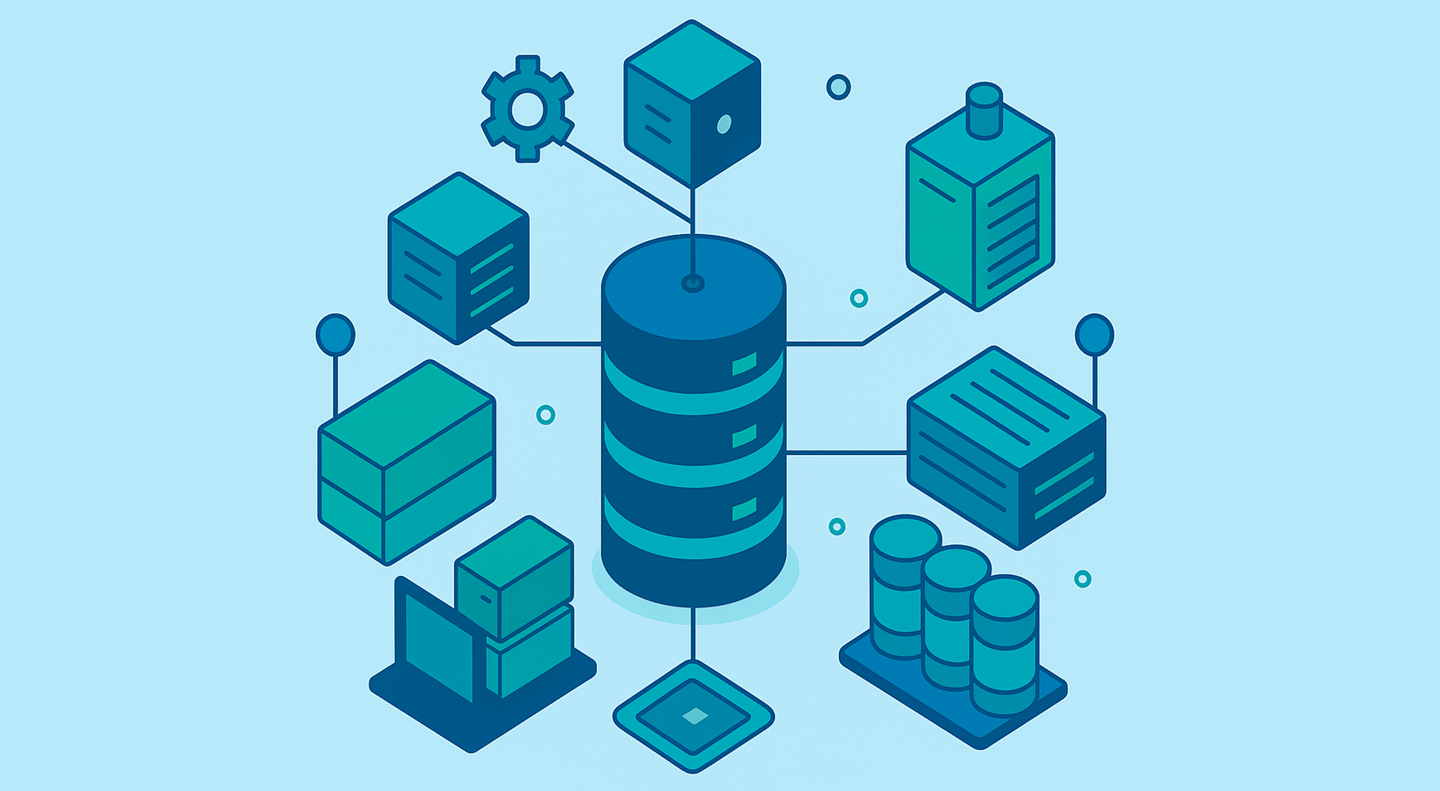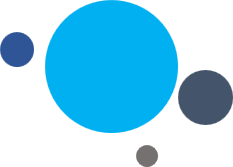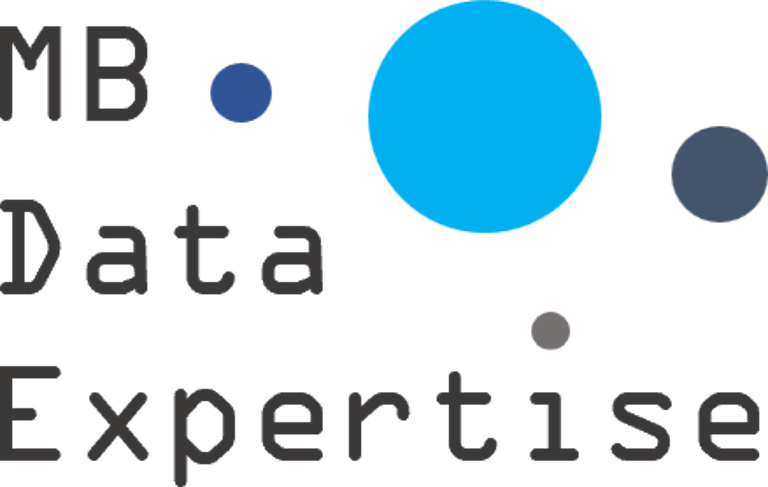Building a Central Data Platform with Microsoft Fabric


Data is at the heart of every modern organization, yet in many companies, data remains scattered across departments, applications, and storage systems. This fragmentation leads to inconsistent reporting, inefficiencies, and limited ability to make data-driven decisions.
A central data platform solves this problem by consolidating all corporate data into a single, governed environment. With the introduction of Microsoft Fabric, organizations now have an integrated, cloud-first solution to build such a platform quickly and effectively.
What Is a Central Data Platform?
A central data platform brings together data from all relevant sources—ERP, CRM, finance, HR, and operational systems—into one unified environment. Instead of working with data silos, business users and analysts access a single source of truth that is reliable, secure, and always up to date.
The goals of a central platform are:
Consistency: All teams work with the same datasets.
Efficiency: Data preparation is automated and streamlined.
Scalability: Large volumes of structured and unstructured data can be managed.
Governance: Compliance, security, and role-based access are centrally managed.
How Microsoft Fabric Enables a Central Data Platform
OneLake as the Foundation
At the core of Microsoft Fabric lies OneLake, a unified data lake designed to serve as the central storage layer. Similar to how OneDrive centralizes documents, OneLake centralizes enterprise data. It supports open formats like Delta Lake, which ensures flexibility and avoids vendor lock-in.
Data Integration with Data Factory
Fabric’s Data Factory enables seamless data ingestion from hundreds of sources. With low-code pipelines and prebuilt connectors, organizations can automate data flows from ERP, CRM, and legacy systems into the central platform.
Data Engineering with Synapse
Synapse Data Engineering provides powerful capabilities for preparing and transforming raw data at scale. Data engineers can clean, join, and enrich datasets so that they are ready for reporting and analysis.
Data Warehouse for Structured Analytics
Fabric includes a Data Warehouse that allows teams to run high-performance analytical queries on structured data. Controllers, analysts, and decision-makers can use it for financial reporting, forecasting, and advanced analytics.
Power BI for Visualization and Self-Service
With Power BI deeply integrated into Fabric, data from OneLake and the warehouse can be instantly visualized in dashboards and reports. Business users gain the ability to perform self-service analysis without depending on IT for every request.
Governance and Security
Fabric integrates with Microsoft Purview, ensuring strong governance, data cataloging, and compliance. Role-based access control ensures that the right people see the right data.
Business Benefits of a Central Platform with Fabric
By implementing Microsoft Fabric as the foundation of a central data platform, organizations can:
Eliminate silos and ensure one version of the truth
Accelerate reporting with automated refreshes and prepared datasets
Enable self-service BI for business departments like controlling or sales
Improve compliance and security with enterprise governance
Scale with business growth, thanks to cloud-native architecture
Conclusion
The introduction of a central data platform is one of the most important steps in a company’s digital transformation. Microsoft Fabric provides all the components—OneLake, Data Factory, Synapse, Data Warehouse, and Power BI—within a single, unified environment.
By consolidating data into Fabric, organizations empower their teams with consistent, trusted insights, reduce inefficiencies, and build the foundation for advanced analytics and AI-driven innovation.
The future of business intelligence lies in centralization, and Microsoft Fabric is the key to making it happen.

Contact Us
Get in touch to transform your data into business value.
MB Data Expertise
Transforming data into actionable
business intelligence solutions.
© 2025. All rights reserved.
Axel Berron

